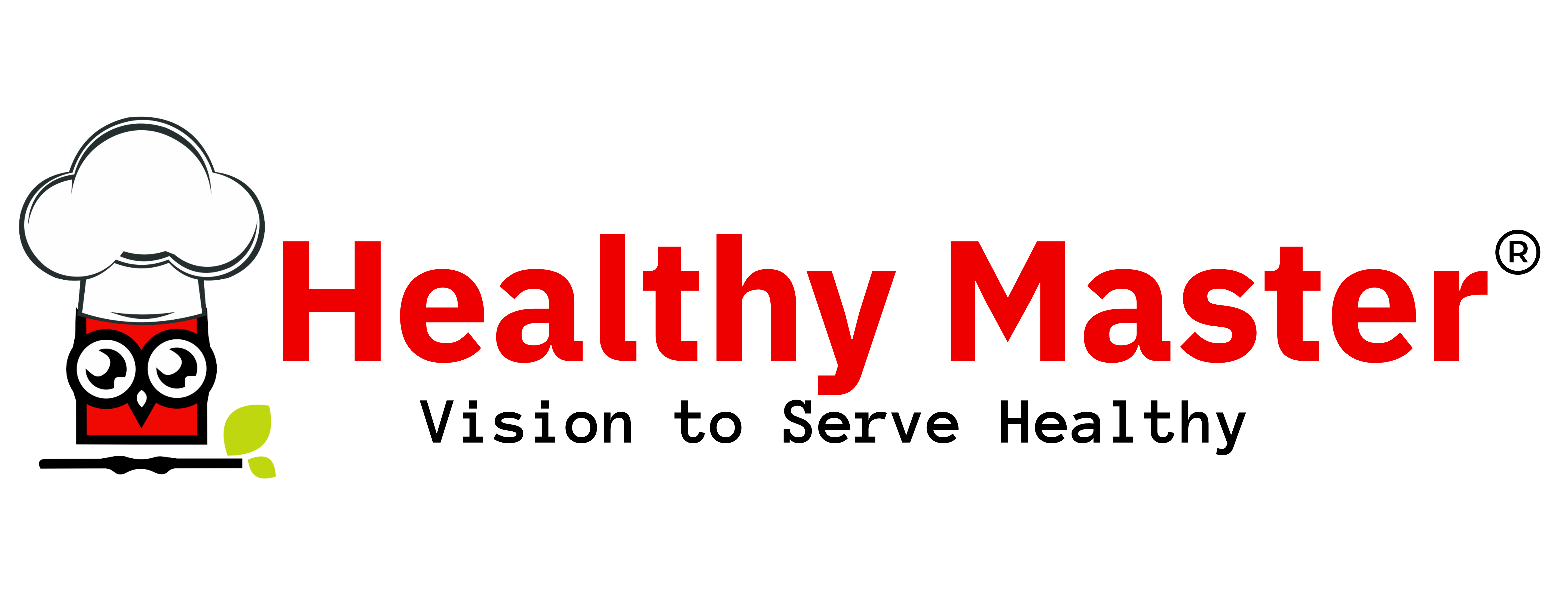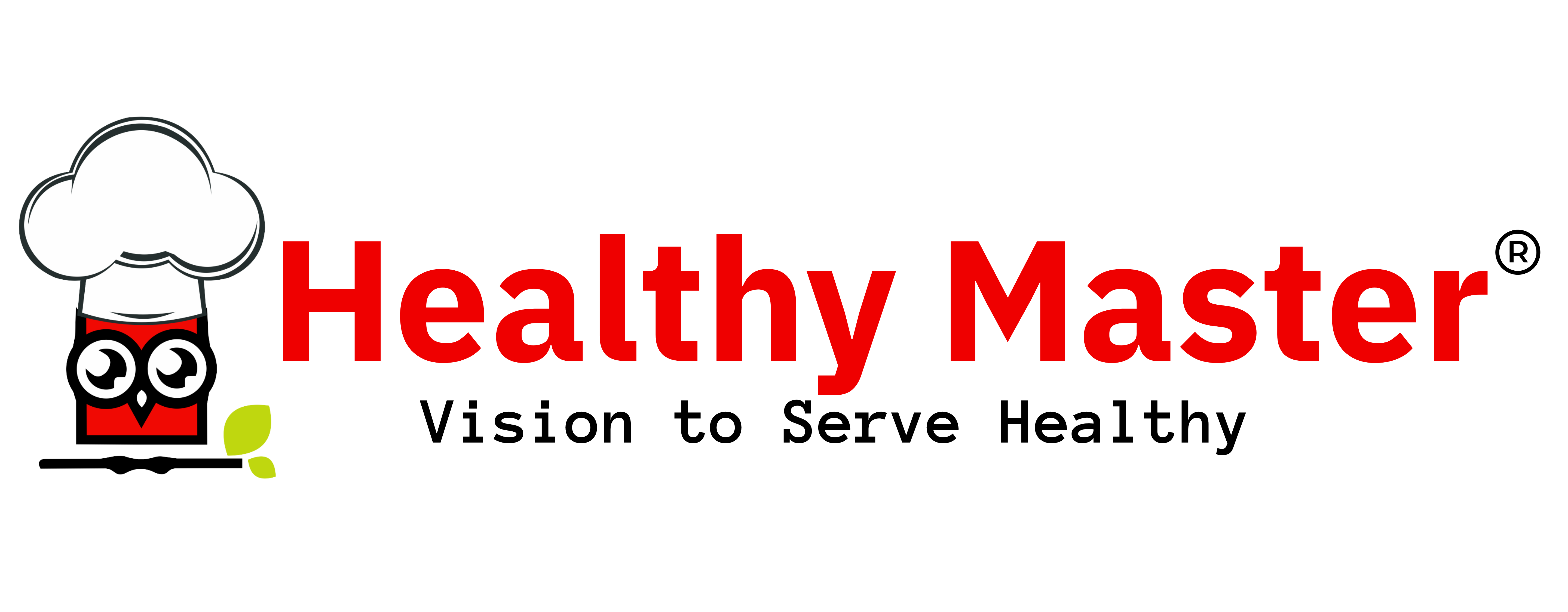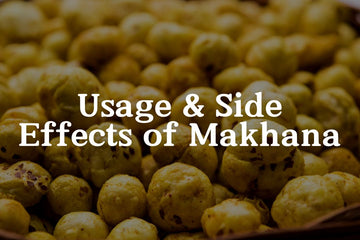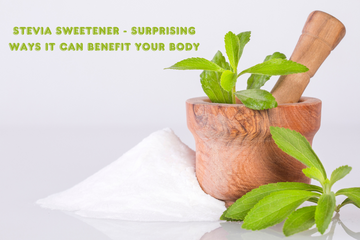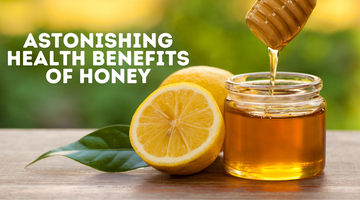
Explaning the ragi nutritional value, its health benefits & effects on weight loss, its healthy recipe like dosa, roti and mudde.
What is Ragi?
Ragi, a millet that mimics mustard seeds in appearance, is incredibly nutrient-dense. Because it has methionine, a vital amino acid, finger millet is particularly valuable. Ragi, a grain abundant in protein, calcium, fibre, and iron, has long been utilized in a variety of food products all over the world. Its regional names include "Ragi" in Kannada, Hindi, and Telugu; "Nachni" in Marathi; "Madua" in Bengali; and "Kezhvaragu" in Tamil. It is widely dispersed across many Indian states. One such super grain that has recently become popular again is ragi. It is a resilient crop that can thrive at high altitudes and endure severe weather, making it ideal for the climatic conditions of India. The grain, which is more commonly known as finger millet or nachni in North India.
Because it is so full of nutrients, ragi has several positive health effects, including improving digestion, lowering the risk of heart disease, delaying the ageing process, and controlling diabetes.
As more people became aware of the nutritional benefits of ragi, they began combining it with other grains like rice and wheat to make traditional dishes like idli, upma, and rotis.
Nutritional Value of Ragi
Ragi has an outstanding nutritional profile that includes high quantities of important micronutrients like vitamins and minerals, as well as all the necessary macronutrients, including carbohydrates, fibre, fats, and proteins. It has very low amounts of salt and cholesterol to support heart health. Ragi also has significant amounts of vitamins C and E, which help to maintain healthy skin, hair, and immune systems.
Ragi flour also contains significant amounts of calcium, magnesium, iron, and phosphorus, as well as the B complex vitamins thiamine, riboflavin, and niacin and folic acid, which fully supports its status as a healthy breakfast cereal and a superfood.
Ragi is full of nutrients and minerals that are necessary for preserving skin vitality, avoiding wrinkle development and drooping, and reducing acne and scarring. Ragi has anti-inflammatory and antioxidant characteristics that shield the skin from hyperpigmentation and premature ageing. The amino acids methionine and lysine aid in the production of collagen, which keeps the skin elastic and tight. Consuming a diet high in ragi can help diabetic sores heal more quickly.
Ragi Nutritional Value per 100g
Calories 354 kcal
Total Fat 3.4g
Saturated Fat 0.7g
Polyunsaturated Fat 2g
Monounsaturated Fat 0.7g
Cholesterol 0mg
Sodium 5mg
Potassium 40mg
Carbohydrates 80g
Dietary Fibre 2.7g
Sugars 0.6g
Protein 13g
Uses of Ragi
- Contrary to popular belief, ragi is a very adaptable food. It is simple to grind it up to make ragi flour, which is then used to make a variety of dishes.
- Ragi can be used with other grain flours like jowar, bajra, and whole wheat to create a range of breakfast meals, including ragi idli, dosa, and upma.
- Ragi for newborns is really simple to make. Even better, you can mix it with jowar to make a straightforward porridge. You must pressure cook both whole grains for that, add some dates for sweetness, purée it, and then simmer it for a further period.
- Additionally, ragi flour can be used to produce a variety of desserts. Ragi flour, which is far healthier than the alternatives, is used to produce desserts in the same way as whole wheat flour is. Ragi sheera and Ragi barfi are a couple of these.
- For pregnant women to receive the right nutrients, ragi is a fantastic grain to eat. The common ladoo given to pregnant women is called ragi ladoo.
- The use of ragi in rotis and parathas is its most significant application. Making stuffed parathas or even chilas with it offers a tasty alternative to whole wheat rotis.
One can enjoy ragi chips, ragi noodles, ragi ball, ragi upma, ragi ladoo, ragi cookies, ragi dosa, ragi crackers, halwa, and pakoda, to name a few.
Benefits of Ragi
1. High in Calcium
When compared to other grains, ragi flour is one of the best non-dairy calcium sources.Approximately 344 mg of calcium can be found in 100 grammes of ragi, according to the National Institute of Nutrition in India. Calcium is essential for strong bones and teeth as well as the prevention of osteoporosis, a condition that weakens bones. It can be given to children as ragi porridge and is very healthy for growing children.
2. Helps Control Diabetes
Compared to rice, maize, or wheat, the grain's seed coat is rich in polyphenols and dietary fibres. The low glycemic index reduces hunger pangs and keeps the digestive process moving forward, which keeps blood sugar levels within acceptable limits. In order to keep the system in check throughout the day, it is advisable to include it in the morning meal or have it at lunch.
3. Reverses Skin Aging
Ragi is incredibly effective at keeping skin looking young and healthy. Its essential amino acids, such as methionine and lysine, reduce the susceptibility of the skin tissues to wrinkles and drooping. One of the very few naturally occurring sources of Vitamin D, which is primarily obtained from sunlight, is ragi. Calcium, which is responsible for vitality, is transported via vitamin D.
4. Fights Anaemia:
Ragi is a superb natural iron source, making it a blessing for those who are anaemic or have low haemoglobin levels. Ragi's ability to sprout increases the amount of vitamin C in the grain, which makes it simpler for iron to enter the bloodstream. You can eat iron in the form of ragi dosa, ragi balls, with lots of veggies, a hefty squeeze of lime, or a bowl of sour sambar for the best iron absorption.
5. Relaxes the Body:
Regular intake of ragi is quite effective in treating sleeplessness, depression, and anxiety-related illnesses. Antioxidants, particularly tryptophan and amino acids, are beneficial because they act as natural tranquillizers. Consuming ragi can help with migraines. What better way to de-stress than to eat some nutritious ragi biscuits?
6. Aids in Weight Loss:
The high dietary fibre combination keeps the stomach satisfied for a longer period and reduces irrational cravings. Reduced appetite and weight loss follow from this. By turning on insulin, ragi flour decreases blood sugar levels in the body.
7. Anti-Cancer Potential:
Finger millet can fight cancer since it is also high in antioxidants, which have almost become a buzzword in modern health literature. Antioxidants guard against excessive oxidation, which otherwise might damage cells and result in cancer and ageing. The finger millet seeds coatings' phenolic acids, flavonoids, and tannins have strong antioxidant capabilities.
8. Good for Heart:
Magnesium-rich ragi flour is good for the heart. The magnesium content in 100 grams of ragi is 137 milligrams, or 50% of the recommended daily intake (RDA). Magnesium supports healthy cardiac and nerve function. Ragi benefits from lowering bad cholesterol (LDL) and boosting the effects of good cholesterol because it is high in fibre.
9. Promotes strong bones and teeth:
Ragi flour contains 481 mg of calcium, or 49% of the RDA (Recommended Daily Allowance). Bones maintain their strength thanks to calcium. Our bodies regularly eliminate trace amounts of calcium from our bones, which must be replaced by calcium-rich meals. Ragi flour is the richest source of phosphorus, which aids in the development of strong bones and teeth.
Takeaway
All age groups can easily consume ragi, which is a very adaptable food crop. Because of its incredible nutritional value per 100g and gluten-free status, ragi is also a crucial part of vegans' diets. For people who are health-conscious or who like to make good food choices every day, ragi may be the ideal diet component. Healthy Master offers an extensive range of ragi products, ranging from ragi cookies to ragi noodles.
